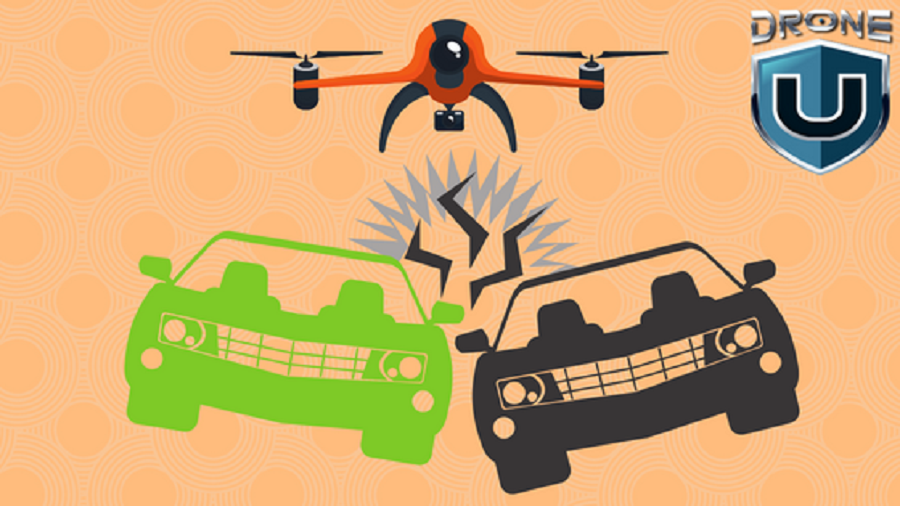In this blog post, I have a look at field of accident reconstruction. What are the various parameters that accident scientists look at? What is the science behind accident reconstruction? We also discuss if data produced by drones is comparable to that produced from a 3D scanner.
Accident reconstruction is a critical profession with zero room for error. Accident reconstructionists research car accidents, why they crash and how they crash. And the consequences of their work often spills over into the legal realm. Accident reconstructionists are hired by hired by lawyers to investigate a car accident.
It is a misconception that every car accident is investigated and mapped. Generally speaking major accidents have a greater chance of being investigated than the minor fender benders. In lot of cases, accident reconstructionists have limited data points to work with. And often they are called on to investigate an accident site years after an accident has occurred. They work in close collaboration with the police. And often, they are spot checking the work of the police.
Understanding the science of accident reconstruction
Accident scientists look at some important factors in order to recreate evidence, and determine what actually happened. For instance, skid marks are an extremely useful indicator. Using factors such as skid marks, coefficient of friction and the final point of rest, an accident reconstructionist can actually determine how fast the car was going. Other factors that an accident reconstructionist takes in consideration are degree or angle, weight of cars and amount of rotation.
To start off, we have a car which is traveling at an unknown speed. The drives brakes and brings the car to a skidding stop. When you apply the brakes, the weight of the car shifts to the front axle causing the front tyres to cup a little bit. The load is shifted to the edges or side walls of the tire primarily.
As the car skids along, the course scrapes tiny bits of rubber leaving them on the road. Longer skid marks means that the vehicle was going faster. Note that kinetic friction or the coefficient of friction is opposed to the speed of the vehicle. And once you are skidding, you are the mercy of the coefficient of friction. Once an accident reconstructionist determines the point of rest, he or she can work backwords from there in order to determine what actually happened.
How 3D drone mapping is redefining accident reconstruction
Accident reconstruction has come a long way. In the days gone by, crime scene reconstruction was done using a chalk and tape. And measurements were made manually using graphs. At present 3D laser scanners are being used for crime scene reconstruction. 3D laser scanners rely on LiDAR technology. 3D laser scanners are incredibly accurate. And it is difficult to challenge this data in litigation.
So, is the data generated by drones and drone mapping better than a total station or a 3D laser scanner? The main advantage of opting for drone mapping is that you get more lifelike data. You can turn great photographs into great mapping data and great 3D data which eventually results in a great reconstruction.
But, can drones provide faster data? 3D scanners typically take 3 to 4 hours to recreate an accident scene. Whereas drone mapping is significantly faster. You can reconstruct an accident scene on one battery charge – 20 to 25 minutes.
According to Federal Highway Administration, every minute an accident continues to be a hazard, increases the chance of additional accidents by 2.8%.
A word of caution here – Accident reconstruction jobs require an immense level of skill. The way through which you acquire data is really important, and the repercussions of going wrong are huge. Wrong data can result in the false conviction of an innocent person. So, this field is certainly not for everyone.
For data to be admissible in court, most states ask for a quantifiable error rate. It is important that this technology is deeply researched in order to accurately quantify these error rates. This technology is new for accident reconstruction. But, it is just a matter of time before drone mapping completely replaces scanned data.
Accident reconstruction will be one of the exercises at the Drone U Fly-in. And, we will be doing a real world demonstration by recreating a car accident.
Check out our Medium page for more such content
Do not forget to subscribe and Listen to Ask Drone U, the #1 drone podcast
Connect with a vibrant drone community by becoming a Drone U member






Add Your Comment